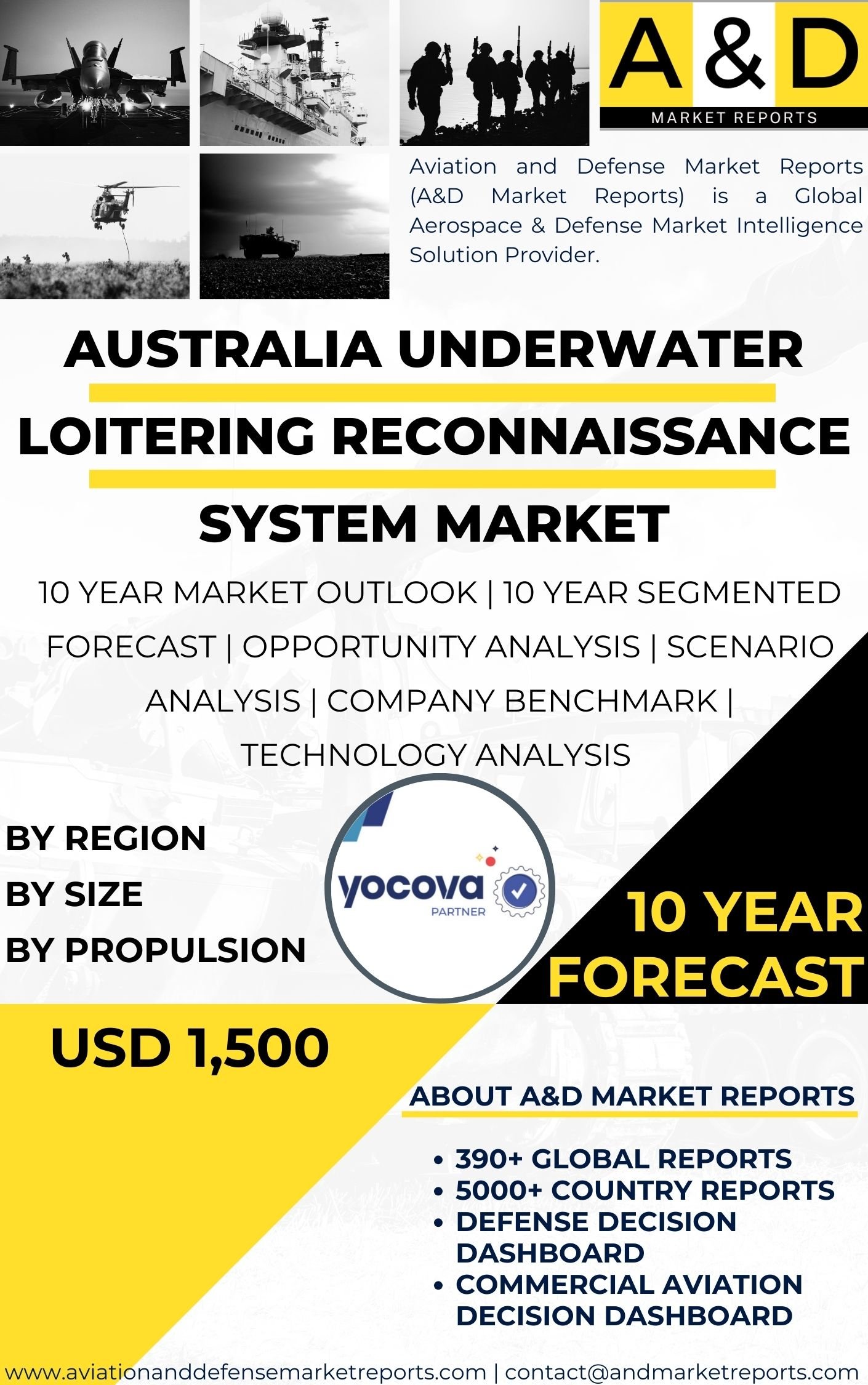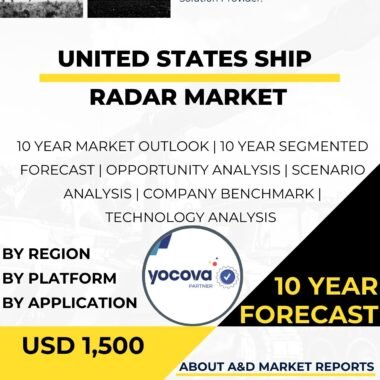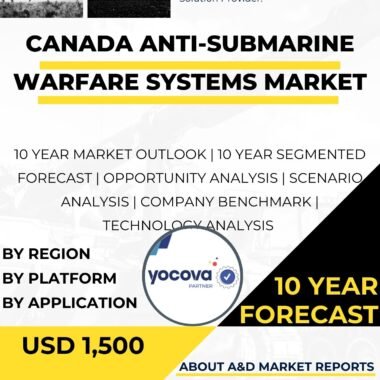Description
Australia Underwater Loitering Reconnaissance System Market Overview
The Australia Underwater Loitering Reconnaissance System market highlights the nation’s growing focus on advanced underwater surveillance and defense technologies. These systems use autonomous underwater vehicles (AUVs) that can operate for long periods beneath the ocean surface, supporting maritime security, research, and environmental monitoring.
Strategic Importance of the Australia Underwater Loitering Reconnaissance
Australia’s investment in underwater loitering reconnaissance systems reflects its recognition of the Indo-Pacific’s complex security landscape. As a maritime nation with vast coastal boundaries and trade routes, Australia depends on reliable underwater surveillance to protect its national interests.
By adopting these systems, Australia strengthens its ability to detect and respond to potential threats in both shallow and deep-sea environments.
Enhancing Maritime Domain Awareness Through Australia Underwater Loitering Reconnaissance
The Australia Underwater Loitering Reconnaissance System plays a vital role in improving maritime domain awareness. These systems are equipped with high-tech sensors and communication modules that provide real-time data to command centers.
This capability helps the Australian Defence Force (ADF) monitor ocean activity, identify suspicious movements, and make quick operational decisions.
Addressing Maritime Security Threats
Australia’s extensive coastline and trade routes face risks such as illegal fishing, smuggling, and foreign naval activity. Underwater loitering reconnaissance systems can patrol for extended durations, offering continuous monitoring and early detection of maritime threats.
They also enhance the security of Australia’s naval bases, ports, and underwater infrastructure by detecting submarines and other underwater hazards.
Civil and Environmental Benefits of the Underwater Loitering Reconnaissance System
Beyond defense, the Australia Underwater Loitering Reconnaissance System supports environmental and scientific efforts. These systems collect data on water quality, marine biodiversity, and ocean conditions.
They help researchers and policymakers understand climate change effects, protect ecosystems, and respond quickly to environmental incidents like oil spills or coral bleaching.
Research, Development, and Collaboration
The growth of the Australia Underwater Loitering Reconnaissance System market is fueled by collaboration between defense contractors, research institutions, and government agencies. These partnerships drive innovation and improve operational efficiency.
Australia also works closely with regional and global allies, conducting joint research and exercises that strengthen technological cooperation and defense interoperability.
Conclusion
The Australia Underwater Loitering Reconnaissance System market demonstrates the nation’s commitment to maritime innovation and national security. These advanced systems enhance surveillance, protect territorial waters, and support environmental sustainability.
Through ongoing research, partnerships, and investment, Australia continues to lead in underwater defense technology, reinforcing its role as a strategic and responsible player in the Indo-Pacific region.




